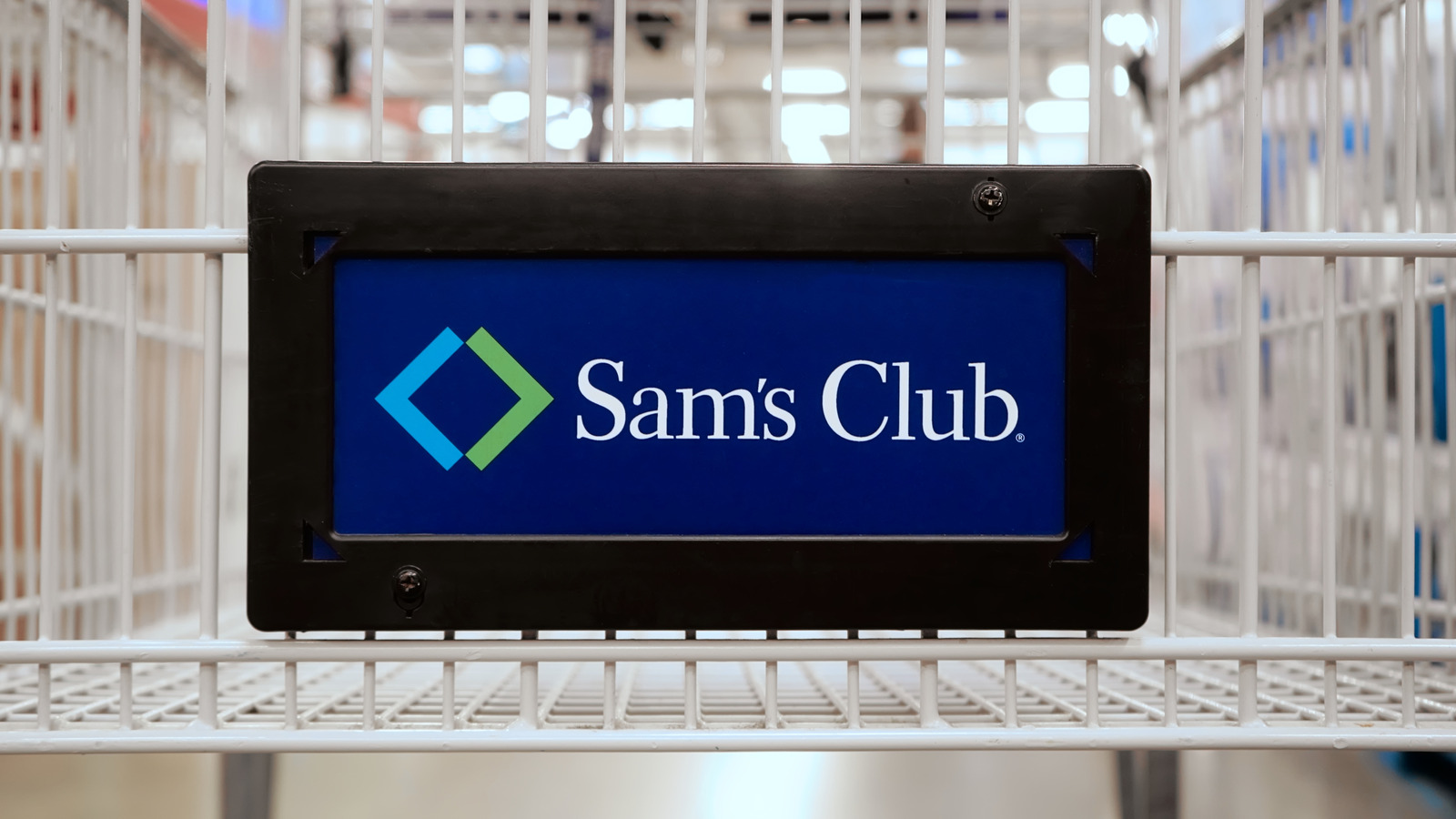Sam’s Club opened its very first “club” in Oklahoma in 1983, and since its inception, the brand has expanded nationwide. With nearly 600 locations across the U.S. and Puerto Rico, this membership-based warehouse chain is actually tied to another popular retailer — Walmart Inc. The parent company was established and named Sam’s Club after Walmart founder Sam Walton, and the two stores may have more in common than you think.
Walmart didn’t acquire Sam’s Club, but it developed the concept as the company’s response to the booming warehouse club era of the late 1970s and 1980s, when big-box stores like Costco (previously known as Price Club) were first established. It was based on similar cost-efficiency principles of Walmart, which aligned perfectly with bulk-discount pricing. No wonder there’s been a longstanding rivalry between Sam’s Club and Costco.
While Sam’s Club has 30 of its own distribution facilities, there are 17 or more distribution centers that service both Sam’s Club and Walmart, highlighting the connection between the two nestled brands. This helps the two chains rely on each other’s infrastructures and save money on transportation costs. Of course, this, in turn, helps keep costs low and provides an edge over other membership stores. The company also develops and offers new innovative amenities for members, such as “Scan & Go” technology, which allows shoppers to purchase goods and gas via an app rather than a checkout lane.
Shared characteristics of Sam’s Club and Walmart
Sam’s Club and Walmart both prioritize affordability and accessibility. Sam’s Club’s official site claims that the membership chain offers “an exceptional value unmatched by traditional retail,” while Walmart’s website promises to prioritize “saving people money so they can live better.” So, no matter which grocery store you choose to go with, you can expect lower prices than high-end grocers like Whole Foods or The Fresh Market.
While Sam’s Club’s private label brand is known as Member’s Mark (which rivals Costco’s Kirkland brand), and Walmart’s generic line is Great Value, there are a few name-brand products that overlap at each store. Unfortunately, both budget lines are only available at their home stores, so you can’t buy Walmart groceries at Sam’s Club or vice versa. One exception is for those enrolled in the Walmart+ membership plan, which provides access to low gas prices typically reserved for Sam’s Club members.
If you want access to both grocery stores, you can join Sam’s Club for an annual price of $50 or $110, then shop at Walmart to fill any gaps. However, if you want to keep things simple and shop at just one store, it’s essential to decide which of the two stores provides a better value. Walmart may be a better option for families who prefer variety and don’t want to commit to large quantities of the same product, while Sam’s Club is best suited for shoppers who value high volume at the lowest prices.
Other brands owned by Walmart
Not only did Walmart expand into the bulk membership club business, but the corporation is also involved with several other companies. The outdoors brand Moosejaw was a popular acquisition target, and the big-box corporation purchased the brand in 2017. The takeover helped Walmart expand further into the realm of outdoor recreational gear, making it more competitive in the face of major commerce platforms like Amazon. Additionally, when Walmart acquired the popular men’s clothing line Bonobos in June 2017, it gained a competitive edge in fashion, expanding its brand beyond its traditional identity as a grocery store. The corporation also owns the millennial-focused clothing brand ModCloth, also acquired in 2017.
Walmart also invests in foreign companies, with a significant stake in the Brazilian brand Brompreço, a hybrid department and grocery store chain that has reportedly generated over $8.28 billion in revenue, thanks to its 498 successful locations. In summary, Walmart’s success expands far beyond the revenue from its initial grocery concept. It’s instead based on a diversified approach that allows the company to invest in new brands and bring operational expertise to them. This is good news for shoppers who enjoy Walmart or Sam’s Club, since both retail networks are under the umbrella of Walmart Inc. and are dedicated to sustainably affordable shopping for all.




